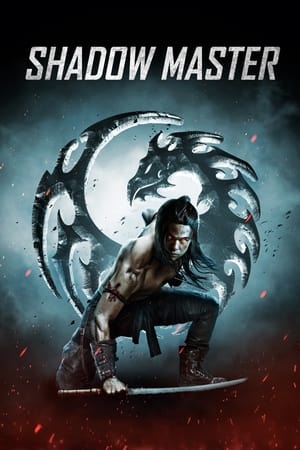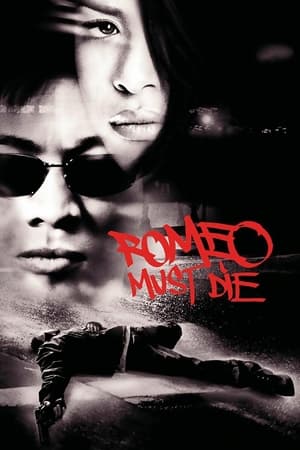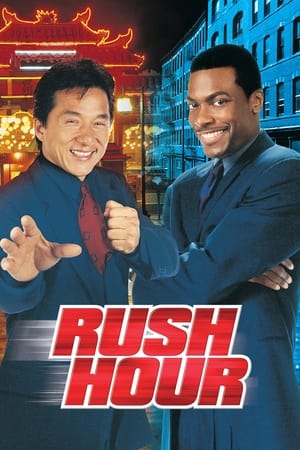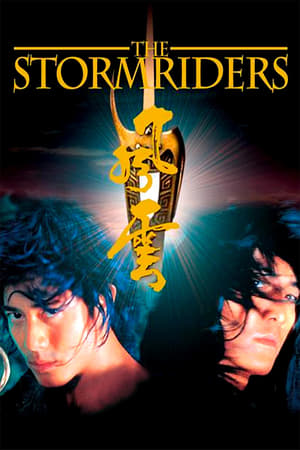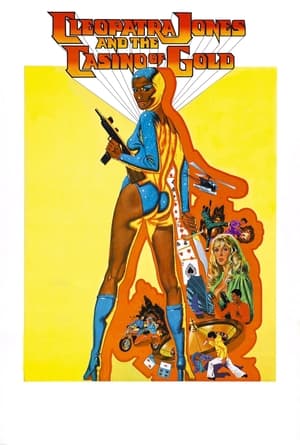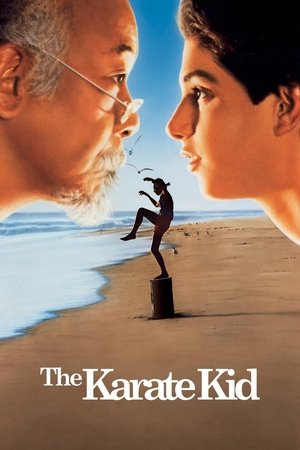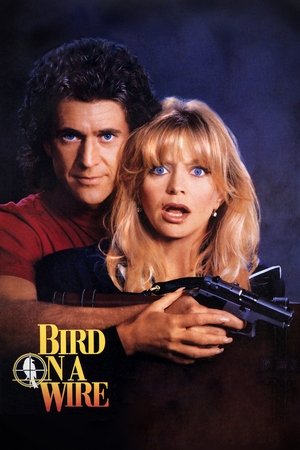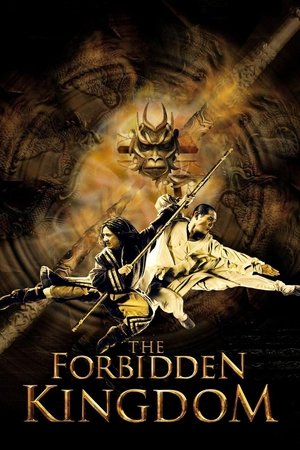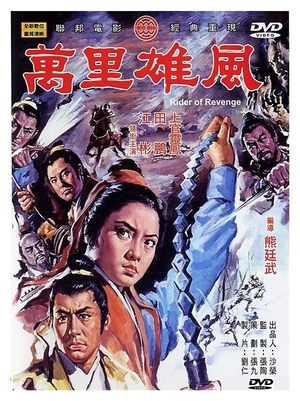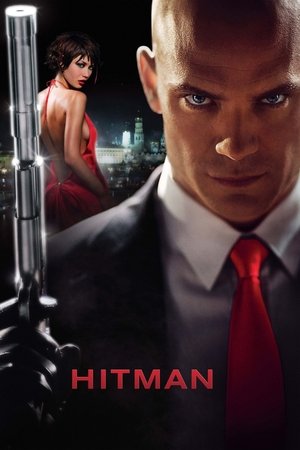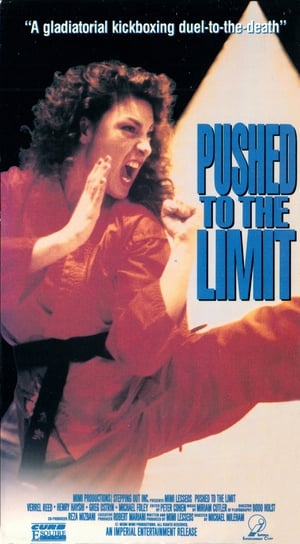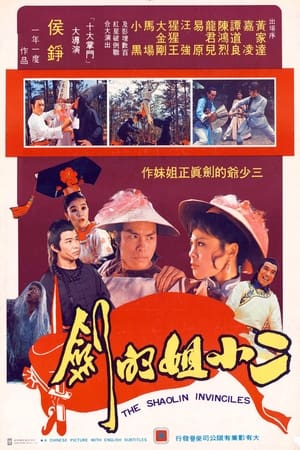Overview
During the Qing Dynasty, a fishmonger is killed by the reigning Manchu government for supporting the anti-government movement; his son manages to escape to Shaolin Temple, where he plans to learn its secretive brand of martial arts to seek revenge.
Reviews
Alternately known as The Master Killer and Shaolin Master Killer...
This is the film to watch if you would like to watch classical martial arts weapons put in action by professional martial artists, not mere actors. Master Killer contains one of the longest and most impressive martial arts training montages ever put to film. I would like to add that Shaolin (2011) is in the same caliber of this movie, but with modern cinematography techniques and beautiful dark forest coloring.
Use of the triple section staff (triple-staff)(tri-staff) | Use of Dual Kung Fu swords or Dao (double butterfly) (double broadsword) (double tiger hook) | Use of Bo Staff.
In short, you will not grab so much weapon use from any other martial arts movie. - No Such Agency
Almost half a century ago, one of the greatest Kung-Fu and preexponents of the genre, 少林三十六房 was done, being directed by Lau Kar-leung and written by I Kuang and tells the story of a village young student named Liu Yude that is drawn by his activist teacher into the local rebellion against the Manchu government.
But the plans to overturn the evil general Tien Ta are discovered and a massacre follows - Liu Yude (played by), escapes and join the Shao Lin Temple to learn the martial arts in 7 years and returns now, as Monk San Te to confront and crush the oppressive regime, while coming out as the Master of the 36th chamber, created by him to enlist new followers.
The great thing about this movie is the training sequences that make up for 75% of the movie, through them Liu becomes a Master of the arts by full determination and learns self-discipline. Formulaic as every other Kung Fu movie of the 70's the training steps differentiate this from other movies.
Quite good Kung Fu scenes on the right time (nothing rushed) and beautiful choreography. The negative spots can be named as the blood (common red ink by the way) and the number of scenes filmed on studio - if their where done in the open the movie could be a lot better than it is.
On the genre, a solid 9.0 out of 10.0 / A score, and a must watch to the genre fans.
When "Liu/San Te" (Chia-Hui Liu) proves lucky to escape with his life after an attack by the governing Manchu on the school in which he "teaches", and in which his father is killed, he determines to seek out the legendary Shaolin monks and learn the art of kung fu. His work with these monks is a bit ignominious - a seemingly perpetual job sweeping leaves and keeping their monastery tidy, but a chance meeting with the sagely Abbot gives him a change to learn. Rather arrogantly he opts for the 35th level - and is soon taught one of the core values of their order. Humility. Starting again from scratch and after a few duckings in the water en route to dinner, he quickly masters not just the martial skills, but also becomes imbued in the peaceful and honourable traditions of Buddhism. His spiritual leader is sympathetic to his true purpose, though, and soon he is foraying into the countryside to wreak havoc and revenge on those who destroyed his home and his family. This is a solid and entertaining revenge story with plenty of action and quite a considered look at just how cerebral a way many of these essentially self-defence techniques were designed to be employed. Yes, much of the combat action is extremely well choreographed and does frequently lack any sense of authenticity - except, perhaps, at the end of the story when a duel with nemesis "General Tien Ta" (Lieh Lo) showcases the nimbleness of the young man's newly acquired patience and dexterity. This is a well paced adventure that avoids the trap of endless, repetitive, fight scenes; it nods it's head to the codes of decency and tolerance that underpin the lives of the monks and their teachings - and still manages to find a novel use for a bowl of rice.

 116 min
116 min
 7.505
7.505
 1978
1978
 Hong Kong
Hong Kong
 No Such Agency wrote:
No Such Agency wrote: